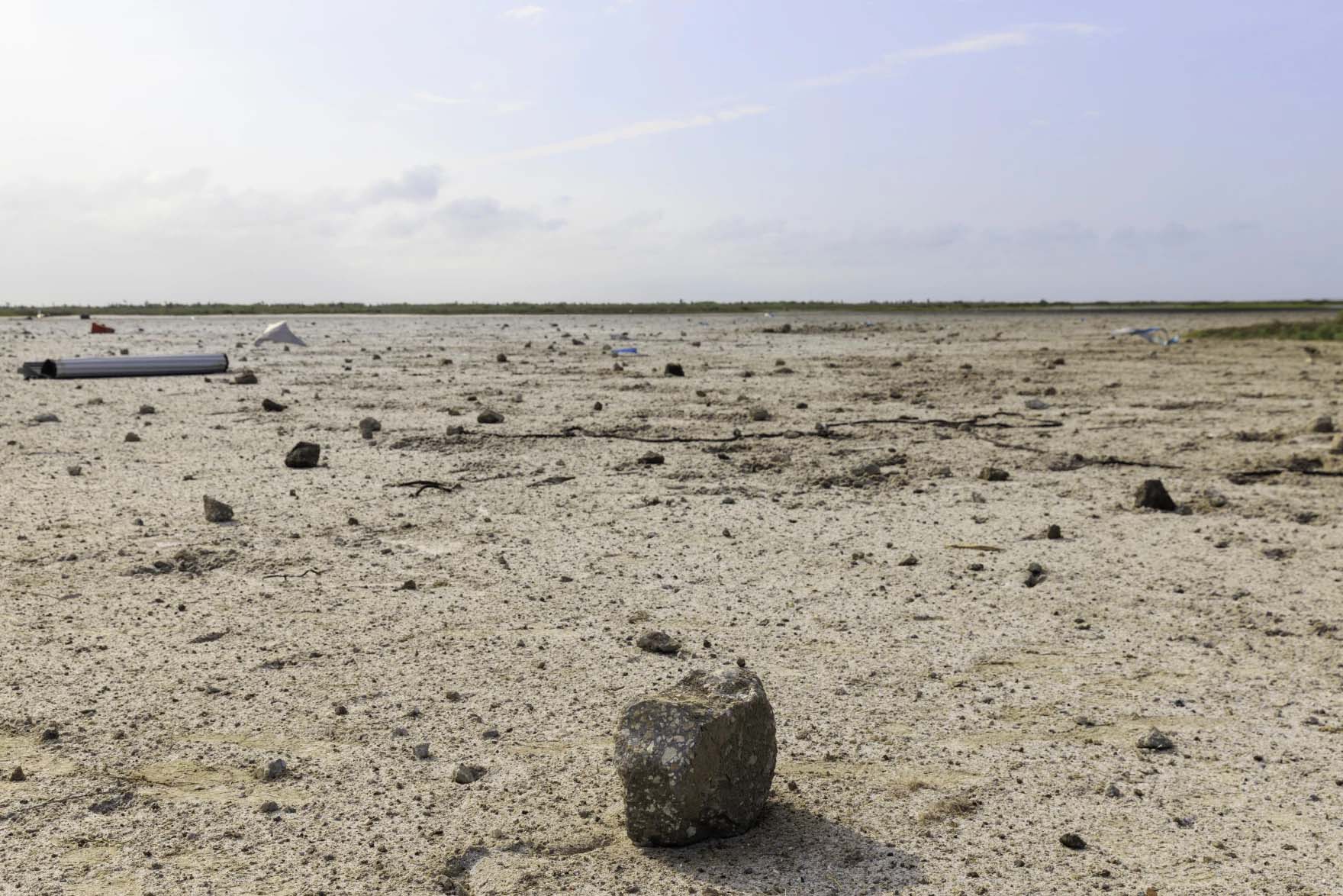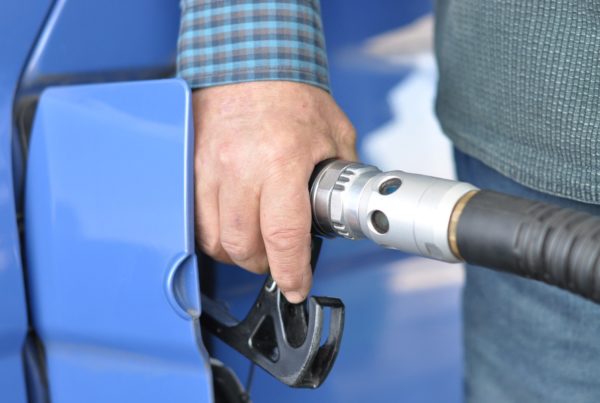After a failed SpaceX rocket launch this past April, South Texas residents reported debris scattered for miles, in some cases sparking fires far away from the Boca Chica launch complex on the Gulf coast.
Bloomberg News reports that in preparing a federal review, officials were in disbelief over the level of environmental damage. What did they find and what could it mean for the future of SpaceX’s operations in Texas?
Dana Hall, a reporter at Bloomberg, joined Texas Standard to discuss. Listen to the story above or read the transcript below.
This transcript has been edited lightly for clarity:
Texas Standard: Tell us more about this environmental report. It’s from the U.S. Fish and Wildlife Service, correct?
Dana Hall: Correct. The U.S. Fish and Wildlife Service is responsible for overseeing the management of the federal land that’s near Boca Chica. What we learned via filing a public records request – or in the federal government, it’s called a Freedom of Information Act request – was that Fish and Wildlife officials couldn’t get access to the debris field for 48 hours. The pad was damaged. SpaceX closed off access to the site. U.S. Fish and Wildlife was sort of asking SpaceX for access.
When they actually got there, they found a lot of debris – pulverized concrete like rebar, concrete chunks on the tidal flats. They were looking to see if there were any dead birds. In emails back and forth to each other, they were really expressing disbelief at just how widespread the damage was.
Was that the most surprising aspect of this, finding out how widespread the damage was?
I think so, yeah.
The debris field was so far and so wide. Bloomberg reported what the Fish and Wildlife Service found back in April when this all happened. But what we recently discovered was just more information – photographs that fish and wildlife biologists took of the site, things like eggs that were charred. There was a snowy plover that was on its nest right before the rocket launch. There were really cool photographs that these biologists took when they were doing their first inventory of the scene in the aftermath of the failure.
Acres of parkland burned, I understand, as well. Were there any recommendations as a result of this report?
Well, that’s what’s really interesting to me going forward. As most people in Texas probably know, SpaceX is planning to launch Starship again. In order to launch again, they need to get another FAA license to launch the starship vehicle in the aftermath of what happened in April.
I think the FWS appears to be pushing the FAA to require more environmental mitigation, but it’s not entirely clear what that mitigation will be, because part of what happened is that the debris spread outside of what was expected. So, do you need to do more measures to kind of mitigate that? That’s what I’m really curious to find out.
Who would they have to go through to clear something like that?
There’s a lot of different stakeholders involved here.
That part of Texas is really fascinating. Part of it is SpaceX property, part of it is federal land, part of it is Texas State Park land. It’s very close to the Mexican border. So, I think that there’s a lot of stakeholders involved and there’s a lot of multi-agency meetings and there’s a lot of phone calls. That’s actually what I’m trying to piece together now – what needs to happen before another launch license is given.
The explosion prompted a redesign of the launch site. How has this affected SpaceX’s launch schedule and their plans for the future, especially with Starship?
Part of what happened is that the force of trying to get the rocket up off the pad really damaged the pad. A lot of the concrete that was splattered all around was from the pad itself. Then later, the rocket itself exploded. But a lot of the damage that we’re talking about in this estuary area along these tidal flats was from the damage to the pad itself. Now, SpaceX has to redesign the pad a little bit.
There’s a lot of questions about why they didn’t do a trench – like digging a deep trench below the pad to absorb the power of all of these engines. They have done some redesigning, including adding some water deluge systems. But there’s a lot of open debate about what they could have done, what else they could do. SpaceX just tested its engines again on Friday. So, it appears that they’re moving towards trying to launch again, but they still do not have that license.













